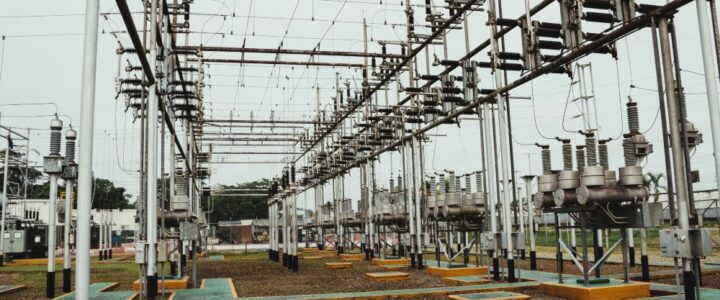Long span shelving systems are made up of a series of shelves that are supported by vertical posts. The shelves are typically made of steel or wire mesh and can be adjusted to different heights to accommodate items of different sizes. The vertical posts are usually made of steel and can be bolted to the floor for added stability. Choosing the right long span shelving system is important because it ensures that your items are stored safely and efficiently. A poorly chosen shelving system can lead to damage to your items or even injury to workers.
Factors to consider when choosing a long span shelving system
A. Load capacity
Load capacity The load capacity of a shelving system is the maximum weight that it can safely hold. When choosing a long span shelving system, it is important to consider the weight of the items that you will be storing. You should choose a shelving system that has a load capacity that is greater than the weight of the heaviest item that you will be storing.
B. Size of the items to be stored
The size of the items that you will be storing is another important factor to consider when choosing a long span shelving system. You should choose a shelving system that has shelves that are wide enough and deep enough to accommodate your items. You should also consider the height of your items and choose a shelving system that has shelves that are tall enough to store your items without wasting space.
C. Space availability
The amount of space that you have available for your shelving system is another important factor to consider. You should measure the area where you plan to install your shelving system and choose a system that will fit in that space. You should also consider the height of your ceiling and choose a shelving system that will fit comfortably under your ceiling.
D. Durability and strength of the shelving system
The durability and strength of your shelving system is another important factor to consider. You should choose a shelving system that is made from high-quality materials and is designed to withstand heavy use. You should also choose a system that is easy to assemble and disassemble so that you can move it if necessary.
Types of long span shelving systems
A. Boltless shelving systems
Boltless shelving systems are designed to be assembled without the use of bolts or screws. They are typically made from steel and are easy to assemble and disassemble. Boltless shelving systems are ideal for storing items that are not too heavy and do not require a lot of support.
B. Steel shelving systems
Steel shelving systems are designed to be strong and durable. They are typically made from heavy-duty steel and can support a lot of weight. Steel shelving systems are ideal for storing heavy items that require a lot of support.
C. Wire shelving systems
Wire shelving systems are designed to be lightweight and easy to assemble. They are typically made from wire mesh and can be adjusted to different heights to accommodate items of different sizes. Wire shelving systems are ideal for storing items that are not too heavy and do not require a lot of support.
How to choose the right long-span shelving system for your storage needs
A. Determine the size and weight of the items to be stored
The first step in choosing the right long span shelving system is to determine the size and weight of the items that you will be storing. This will help you choose a shelving system that has shelves that are wide enough and deep enough to accommodate your items and that has a load capacity that is greater than the weight of your heaviest item.
B. Consider the space available for storage
The amount of space that you have available for your shelving system is another important factor to consider. You should measure the area where you plan to install your shelving system and choose a system that will fit in that space. You should also consider the height of your ceiling and choose a shelving system that will fit comfortably under your ceiling.
C. Determine the type of items to be stored
The type of items that you will be storing is another important factor to consider when choosing a long span shelving system. If you will be storing heavy items, you should choose a steel shelving system that is designed to support heavy loads. If you will be storing lighter items, you can choose a wire or boltless shelving system.
D. Consider the durability and strength of the shelving system
The durability and strength of your shelving system is another important factor to consider. You should choose a shelving system that is made from high-quality materials and is designed to withstand heavy use. You should also choose a system that is easy to assemble and disassemble so that you can move it if necessary.
Conclusion
Choosing the right long span shelving system is important because it ensures that your items are stored safely and efficiently. A poorly chosen shelving system can lead to damage to your items or even injury to workers.
